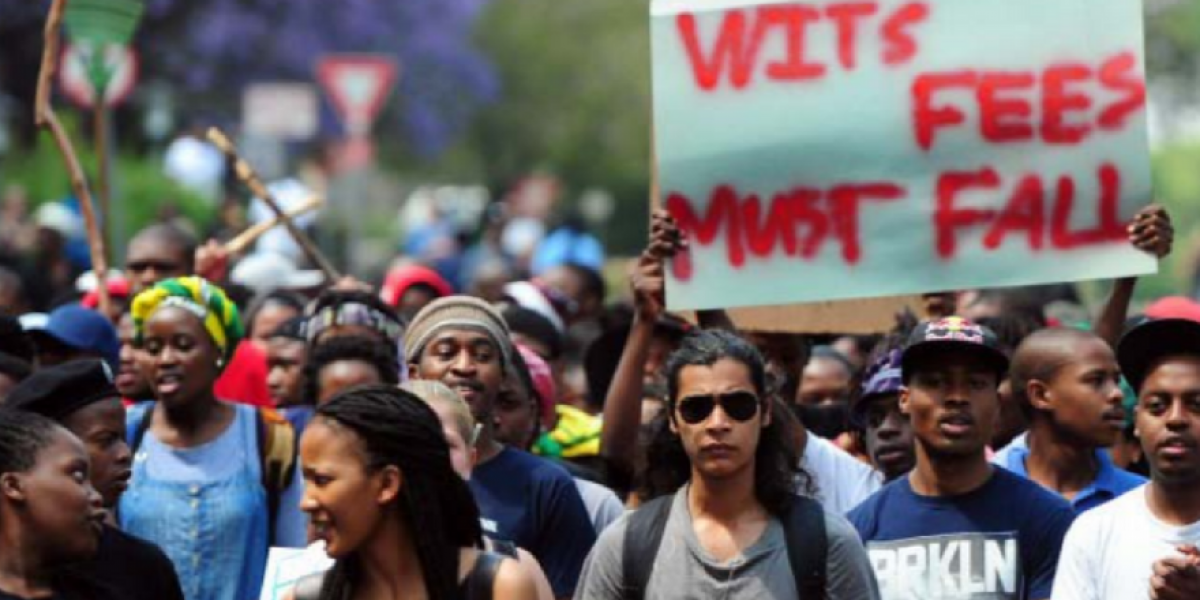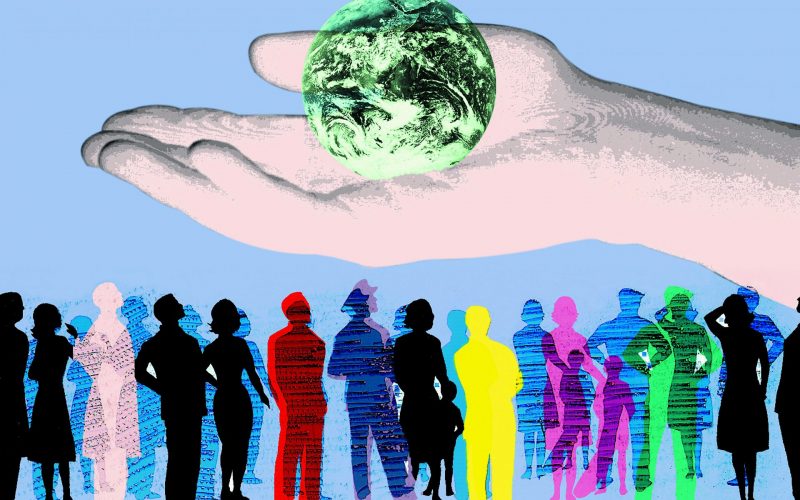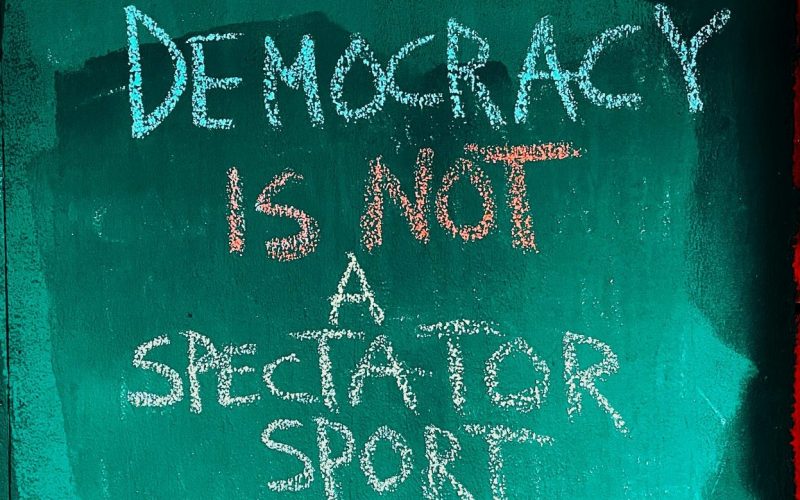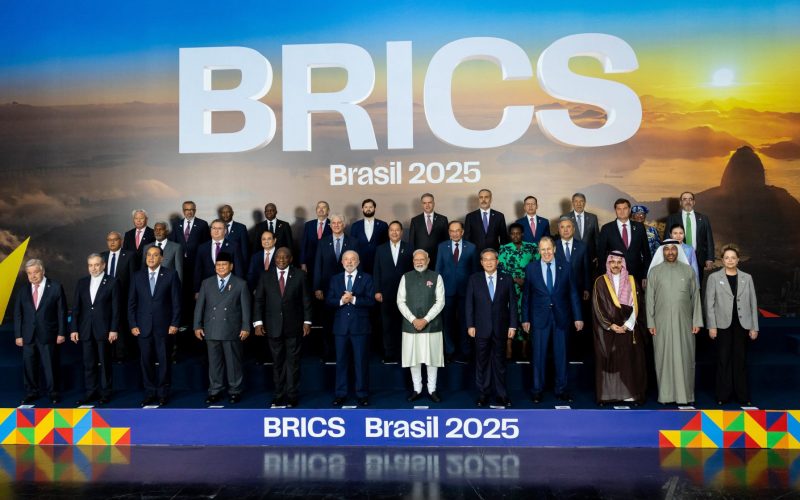Africa is a young continent, with a median age of some 19.3 years and 75% of its population aged 35 or younger. As the continent has long recognised – and as the so-called Arab Spring has confirmed – this large youth population presents many complex and important strategic challenges that must be met. For this reason, African’s continental bodies have on several occasions committed themselves to fostering the wellbeing and development of the youth, most notably through the African Youth Charter, adopted in 2006.
Examining the state of Africa’s youth primarily through the lens of the reports compiled through the African Peer Review Mechanism – Africa’s innovative governance assessment system – this paper discusses two primary sets of challenges. The first of these is the state of education and training. The standard of education offered to Africa’s youth, as well as the choice of subjects they follow, is not adequately preparing them for entry into the workforce. Students need to be better prepared, and more opportunities should be created for them to study scientific and technological fields.
The second is poverty and unemployment – the socio-economic exclusion of Africa’s youth. An issue intimately bound to concerns about education and skills, many young people are unable to secure opportunities that make social mobility possible and provide an outlet for their energies. This underemployment creates fertile ground for drug abuse, gangsterism and participation in political conflict.
Attempting to address these problems, African countries have implemented a range of interventions to extend opportunities to the youth and integrate them into their socioeconomic life. Perhaps more importantly, Africa’s youth have responded to their challenges. Sometimes this takes the form of anti-social behaviour. In other instances, they have responded with considerable resourcefulness. Africa’s youth display a great attraction to entrepreneurship, and have become involved in activism to challenge perceived injustices. Properly harnessed, these are great assets for the future.
The paper concludes with recommendations for policy proposals that recognise the limitations of Africa’s states and seek partnerships with non-governmental bodies. Dealing with youth challenges is simply too large for African states to handle alone. Youth activism should be welcomed, but not uncritically. Above all, steering youthful energies into entrepreneurship and economic activities must be a priority.
Learn more about SAIIA’s Youth Programmes or follow the #YouthAreLeading discussion on Twitter, where SAIIA is sharing examples of inspiring young leaders and encouraging others to do the same.
Click here to read a related briefing, ‘Successful Youth Policy: Lessons from the African Peer Review Mechanism.’









